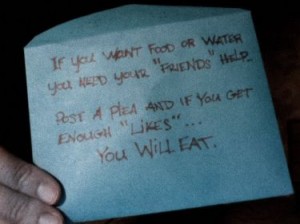A consistant and effective brand personality on social media platforms is important for companies of any size. Sometimes if responsibilities between the content creation of different platforms are assigned to different people on the team, it is hard to align the voice of the brand. One company that has done a fantastic job creating a brand personality and aligning them throughout the multiple platforms is Lush Cosmetics.
“Lushies” who have interacted with Lush on any of the social media platforms would call them fun, quirky, down to earth, bubbly, and always excited. Here’s an example of a tweet that they posted just 4 hours ago.
Not only do they create content with such fun personalities, one of the great things about Lush is that they make the effort to reply and interact with all the tweets that are made about the brand.
In this example, not only is Lush acknowledging positive feedback from a customer, they also make the customer feel like their feedback will actually get across to the specific branch/person as well.
When a bad comment or complaint hits, they are prompt in their response and address or apologize for the issue. For example, Lush had a technical difficulty with their phone system today and many ‘lushies’ tweeted their dissatisfaction. Lush replied all the negative comments with an apologetic tone and recommendations to visit their website or email them instead. In addition to that, the Lush team made constant updates on their Facebook and Twitter about the situation to keep customers well informed.
Companies whether big or small should create guidelines including the type of personality and voice that they want to represent on social media. Sharing this information with all employees on the team can help to align all the platforms representing a better brand presence of your company.


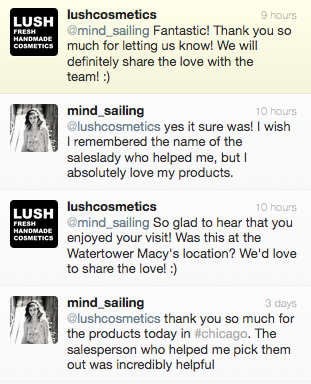
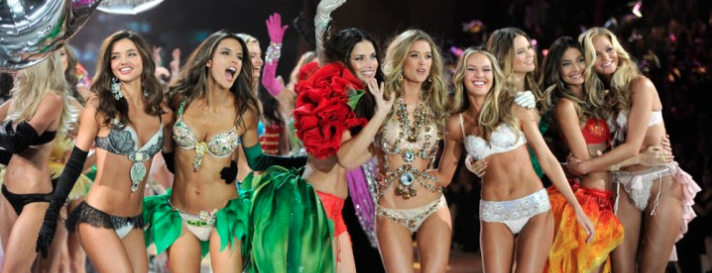



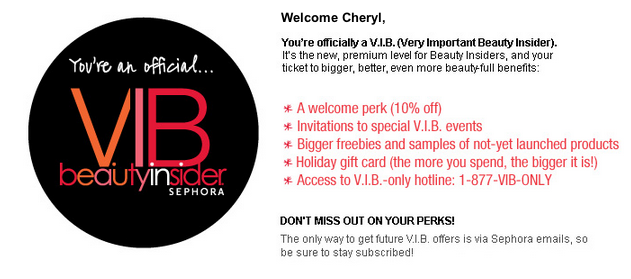
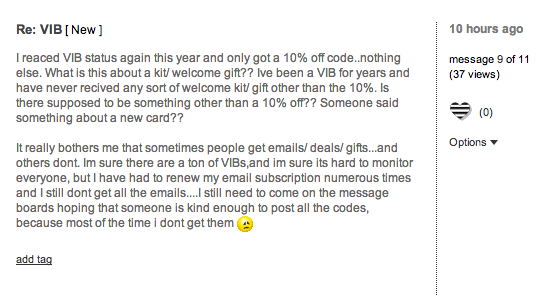
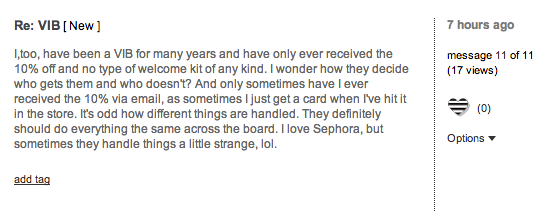
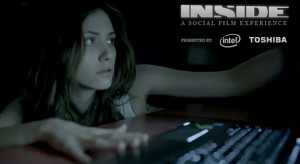 aspect of social media. In July of 2011, they worked with D.J. Caruso, the director of Disturbia, and created a social film on Youtube, consisting of 8 episodes, called Inside.
aspect of social media. In July of 2011, they worked with D.J. Caruso, the director of Disturbia, and created a social film on Youtube, consisting of 8 episodes, called Inside.